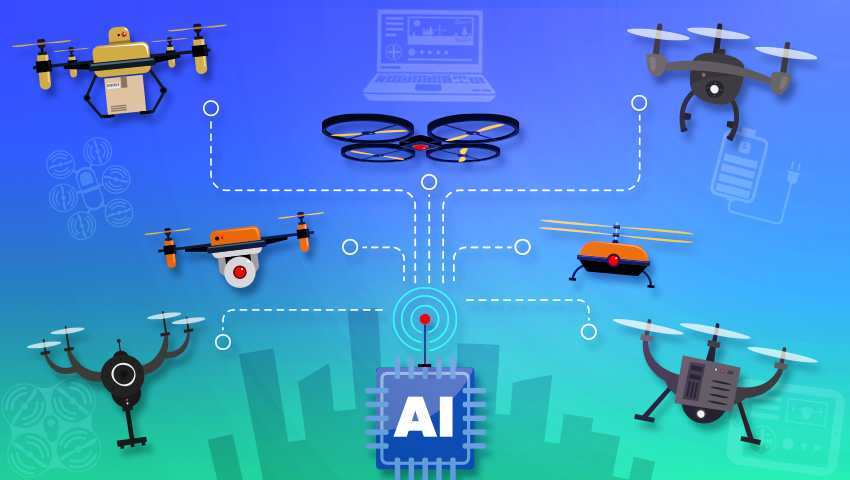
The influence of unmanned aerial vehicles (UAVs) in lower airspace is growing every day. With the upcoming boom in airspace operations below 400 feet predicted by experts, UAVs are becoming increasingly important. Currently, the busiest airports are limited to handling only 300 aircraft operations per hour, but with the increasing number of UAVs, this is insufficient.
The Federal Aviation Administration (FAA) is proposing the concept of UAV Traffic Management (UTM) as a potential solution to congested airspace. However, systems based on human intervention may not be effective in the context of the huge number of operations projected by 2027. In this context, replacing human-assisted operations with autonomous systems becomes the best option to ensure safety and efficiency in lower airspace.
A team of researchers led by Lanier Watkins and Louis Whitcomb at the Institute for Assured Autonomy has developed a new, robust approach that can address these challenges by introducing artificial intelligence into air operations management to ensure a safe future for unmanned aviation. The approach they developed suggests replacing processes involving human intervention with autonomous systems, using artificial intelligence to model a more reliable drone control system. This paper was published in Computer magazine.
The researchers decided to explore how autonomous algorithms could improve safety in lower airspace. The first step was to evaluate the impact of autonomous algorithms in a three-dimensional airspace simulation. For this purpose, collision avoidance algorithms were used, which has already reduced the number of accidents. In addition, applying the strategic deconfliction algorithms that adjust travel times to prevent collisions has further improved safety and reduced the number of incidents.
To create more realistic simulations, scientists introduced two important aspects to their simulator. “Noisy sensors” were introduced to simulate unpredictable conditions, making the system more adaptive. The “fuzzy interference system” calculated the level of risk for each drone, taking into account a variety of factors, including proximity to obstacles and adherence to planned routes. Thanks to these innovations, the system is able to make autonomous decisions to avoid collisions.
The project covers a variety of scenarios, including situations with “rogue drones” deviating from planned routes. The results of this work are encouraging and demonstrate the potential to improve safety and efficiency in lower airspace.
In the future, the researchers plan to further improve their simulations by incorporating dynamic obstacles, such as weather conditions, to simulate real-world situations even more accurately. This project builds on more than two decades of research at the Johns Hopkins University Applied Physics Laboratory and is essential to the development of the U.S. national airspace system, ensuring safe and efficient aviation in the future.











